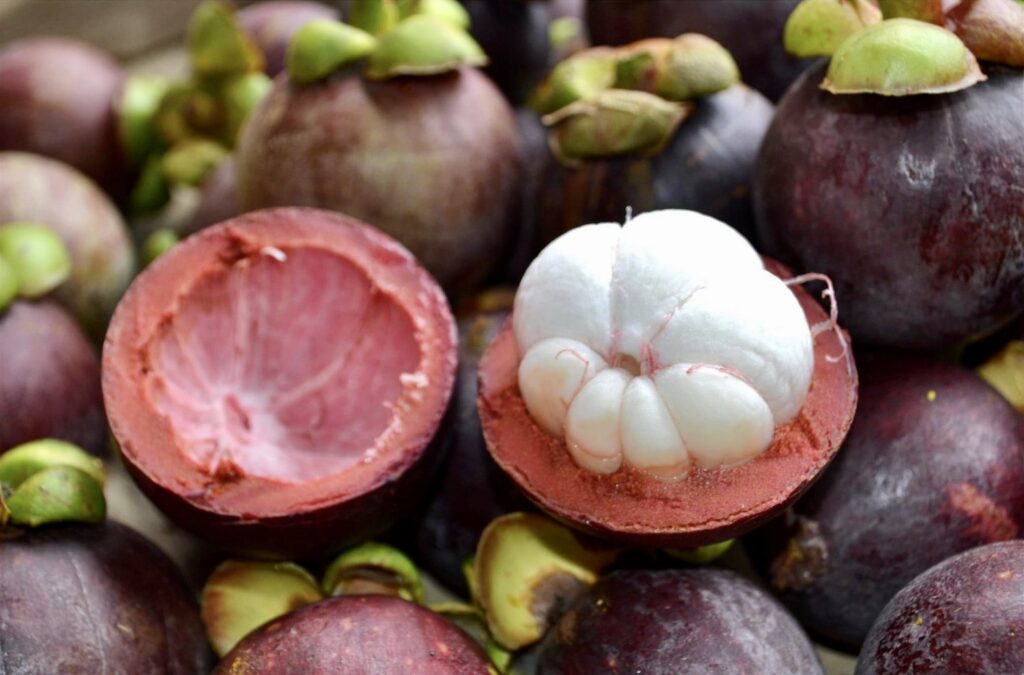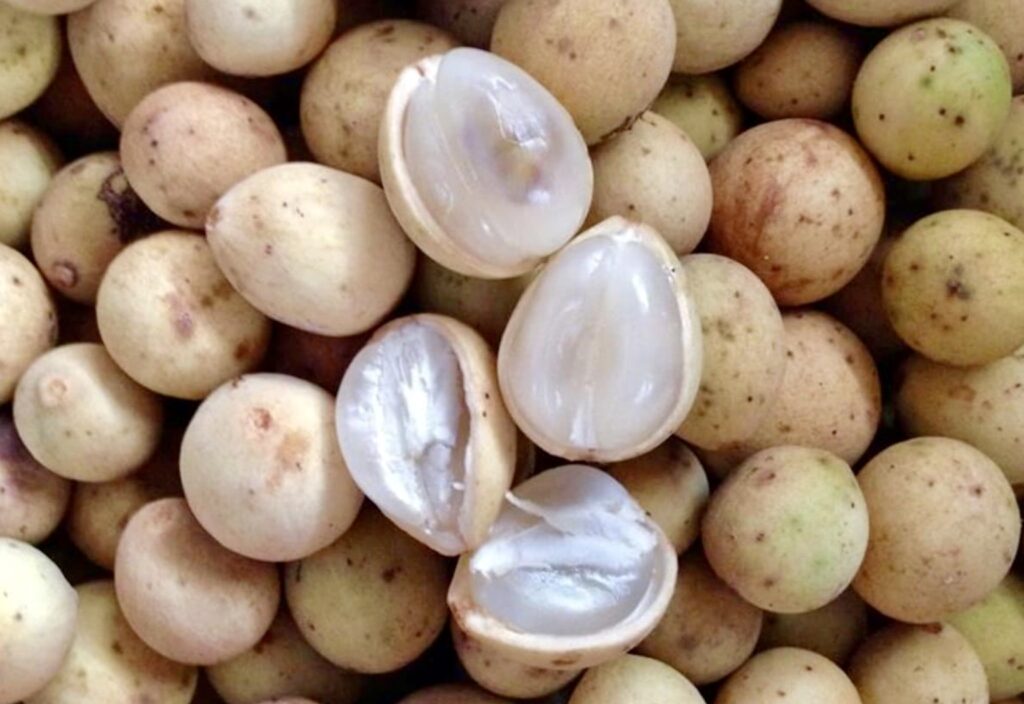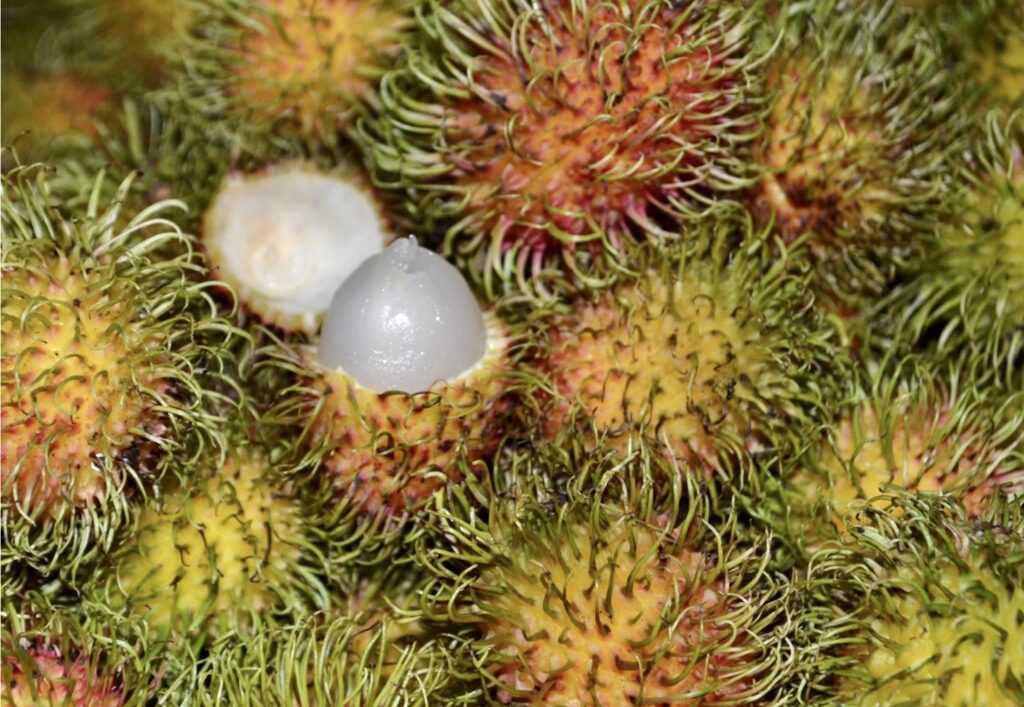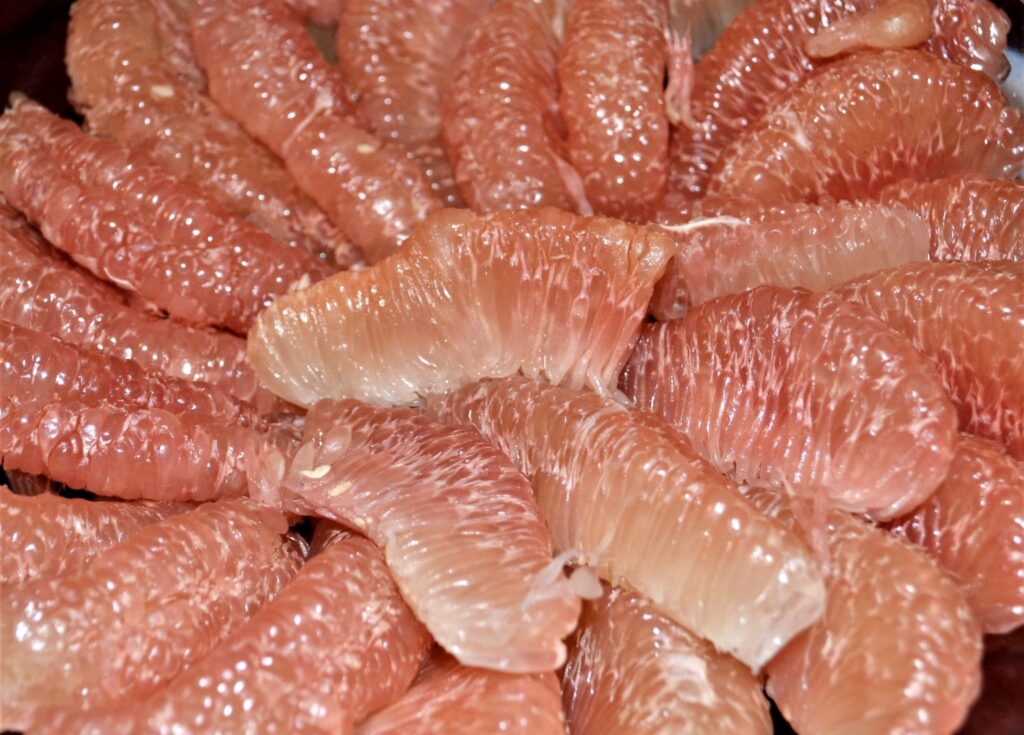Text and Photos by Henrylito D. Tacio
Organs, cells, tissues, and proteins – all these comprise your immune system. “Together, these carry out bodily processes that fight off pathogens, which are the viruses, bacteria, and foreign bodies that cause infection or disease,” wrote Medical News Today’s, Lana Burgess.
“When the immune system comes into contact with a pathogen, it triggers an immune response,” Burgess continued. “The immune system releases antibodies, which attach to antigens on the pathogens and kill them.”
Incorporating specific foods into the diet may strengthen your immune response. Thus, the Department of Health urges Filipinos to watch what they eat during this time of coronavirus disease 2019 (COVID-19) pandemic. They are advised to eat more fruits and vegetables.
“Fruit is an overlooked but powerful tool to boost your immune system and keep it strong all year long,” said American journalist Jack Owens. So, instead of stressing about the prospect of being infected with the dreaded virus, why don’t you eat the following fruits?
Durian
“If you can only have one, go for the best – durian!” said American missionary Steve Hyde. Scientist Rod Estigoy also goes for durian “because it has exotic and unique odor and flavor.” Hawaii resident Renato Tan likewise durian as the fruit is “completely nutritious.”
Award-winning photographer Alberto Garcia had his first taste of durian when he was invited by then Agriculture Secretary Emmanuel Piñol to go with him along with then-Mayor Rodrigo R. Duterte in a market. “Unang subo ko muntik na akong magduwal pero ‘yung pangalawang subo ko, masarap na.”
Touted to be the “king of tropical fruits,” durian is very distinctive due to its large size, strong odor, and thorn-covered rind. You either hate it or love it. One non-Asian scribe described the fruit this way: “It smells like hell but tastes like heaven.”

The smell doesn’t go away immediately. In fact, the odor may linger for several days, that most hotels and public transportation services ban the fruit.
As durian abounds this season, you get to see Dabawenyos eating durian in the street corners where the fruit is being sold. They eat it with gusto together with their favorite cold soft drinks.
Durian is not only for eating. The fruit is also used to flavor a wide variety of sweet edibles such as cakes, rose biscuits, ice cream, mooncakes, and cappuccino. It can also be made into chips. In Thailand, it is often eaten fresh with sweet sticky rice.
Mangosteen
Miguel Ongpin, a former journalist who’s now into the food business, considers mangosteen as his most favorite. “(The fruit) has been my favorite since early childhood,” he explains. “It has an enigmatic taste I cannot adequately describe. On paper, I should not like it but I am completely in love with it.”
You will definitely recognize this fruit as it stands out for its round form and purple color. Until now, no one knows where it originated, but it grows well in Southeast Asia. In the Philippines, it profusely grows in Davao, Cotabato, and Zamboanga.

Mangosteen is highly valued for its juicy, delicate texture and slightly sweet and sour flavor. It is touted as the “queen of tropical fruits” and is often paired with durian. In Chinese food therapy, mangosteen is considered “cooking,” making it a good counterbalance to the “heaty” durian.
Mangosteen has a lot of followers. There was this legend about Queen Victoria who offered a reward of 100 pounds sterling to anyone who could bring her the fresh fruit.
“No other fruit, for me, is so thrillingly, intoxicatingly luscious… I’d rather eat one than a hot fudge sundae, which for a big Ohio boy is saying a lot,” wrote journalist and gourmet R. W. Apple, Jr.
Lanzones
“It’s uniquely sweet with a jelly-like feel when you bite into it,” describes Dr. Armando Lee of his favorite fruit, lanzones. Multi-awarded Manila-based journalist Jonathan L. Mayuga also handpicked this fruit as his favorite.
When it comes to lanzones, Camiguin is not far behind as it celebrates its harvest with the Lanzones Festival. But the fruit also grows well in Davao, so it is included in the Kadayawan Festival.

There are three known varieties. The Duku is sweet with a delectable flavor; its fruits are round, and the pericarp is thick. Paete has elongated fruits, and it is considered the smallest among the varieties. Longkong, introduced from Thailand, is almost seedless, and the skin has no latex.
Lanzones fruits can be bottled in syrup. Its hardwood, which is thick, heavy, and resilient, can be used in the construction of rural houses. Don’t throw away the skin; it can be used to treat diarrhea. Some Filipinos burn the dried skin as a mosquito repellent.
Marang
Closely related to jackfruit and breadfruit, marang is native to Palawan and Mindanao. It is considered superior in flavor to its relatives. Marang has a strong scent like durian but not so intense. What is good is that the odor is in the thick skin and not in the pulp.

It’s hard to describe its taste, so here what Wikipedia says: “The taste has hints of a mild creamy, almost juicy annona-longan like texture with hints of the jackfruit taste and there’s a mild hint aftertaste (similar to the pungent outer rind, far much milder), and is best when not allowed to ripen thoroughly on the tree.”
One blogger describes marang as “a fruit that smells like gasoline and tastes like pears, jackfruit and pineapple.” He went on to say: “For those who love jackfruit but aren’t quite ready to tackle a durian yet, marang is a tasty middle ground.”
Once you have eaten one whole marang, don’t throw away those small seeds, which can be roasted or boiled as a snack. Once roasted or boiled, the seeds taste like potatoes and chestnuts.
Rambutan
“Are rambutans already bearing fruits?” asked Marilou Eplite, who will be visiting Davao soon. She now lives in Florida but wants to visit her family. She hopes that when she’s home, rambutan is already in abundance.
The name came from the Malay word rambut, which means “hair, in reference to the numerous hair protuberances of the fruits. Recently, it has been named as the COVID-19 fruit as it resembles the coronavirus.

Aside from the Philippines, rambutan is widely cultivated in Indonesia, Malaysia, Myanmar, Singapore, and Thailand. For those who have not tried it yet, here’s how it tastes: “The firm soft white rambutan fruit itself is quite sweet and not so filling. It’s soft, juicy and quite sticky if you don’t wash it from your fingers. But in the mouth, it stays fresh and is very palatable.”
Pomelo
Neal W. Seaborn, an American missionary who used to live in Davao, hates to choose his favorite fruits but singles out pomelo as one of them.
Pomelo is the largest citrus fruit and the principal ancestor of grapefruit. Just like the grapefruit, it has the potential for drug interactions. Some studies show it may cause adverse effects through the inhibition of cytochrome P450-mediated metabolism of prescription drugs such as antihypertensives and anticoagulants.

Nutrition-wise, pomelo is excellent. The raw fruit is 89% water, 10% carbohydrates, 1% protein, and contains negligible fat. It is rich in vitamin C (73% of the daily value).
Most Filipinos eat pomelo with salt. There are those who eat just raw, and it still tastes good.
Jessie Ponce, a blogger, shares the idea that pomelo is an anti-evil fruit. “The Chinese consider pomelo as the ‘fruit of reunion,’” he wrote. “It is among the traditional food being served during the mid-autumn festival or mooncake festival because it has a round shape and the sweet fruit is believed to scare off evil. In ritual baths, the Chinese boil the skins and the leaves of the pomelo to ‘ritually cleanse a person and repel evil.’”

